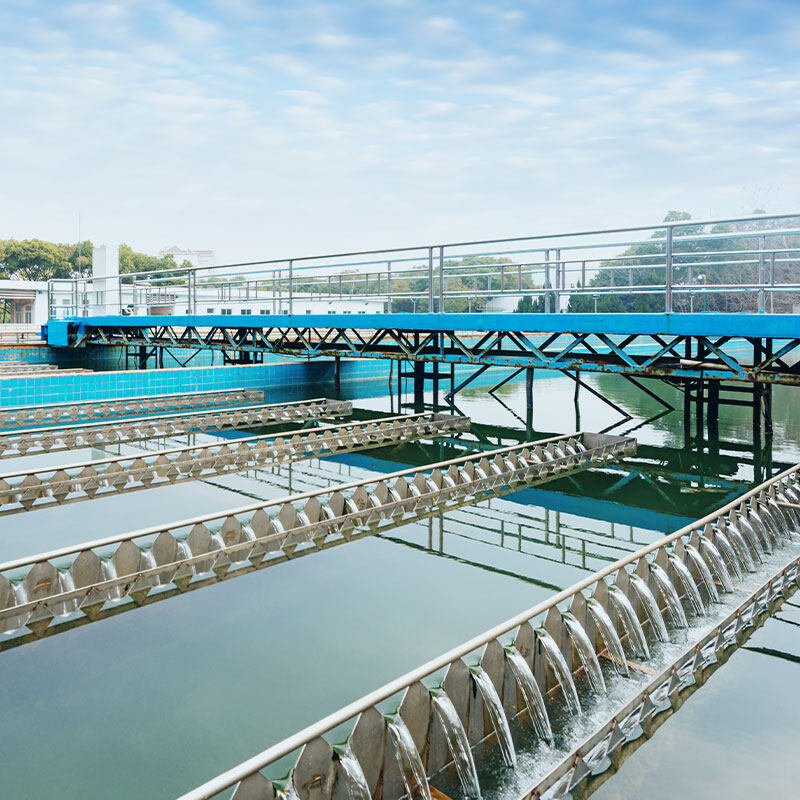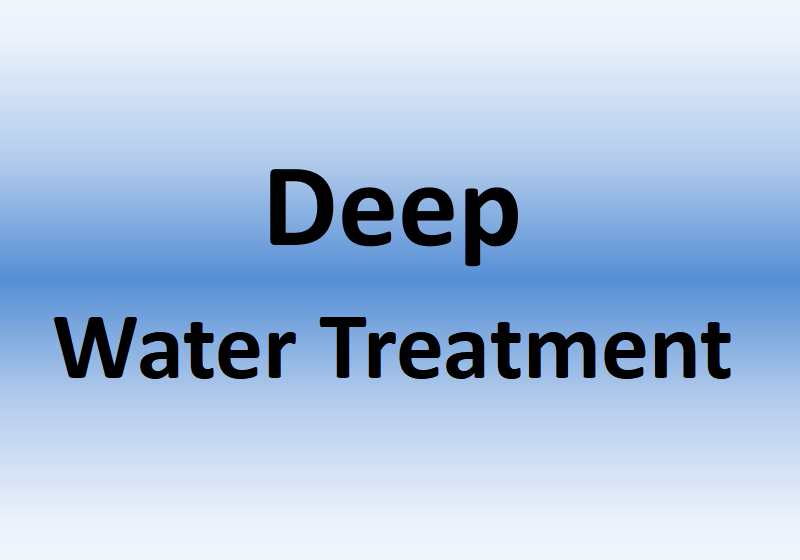Deep Water Treatment 1/4
Deep Wastewater Sewage Water Treatment is also called Advanced Treatment or Tertiary Treatment. It further conducts physical, chemical and biological treatment on the secondary treated water to effectively remove various impurities in the sewage, so as to meet the user's requirements for water quality.
There are several common technologys for Deep Wastewater Sewage Water Treatment.
1. Activated Carbon Adsorption and Ion Exchange Wastewater Treatment Technology
2. Membrane Separation Technology
3. Advanced Oxidation Technology
5. Wet Catalytic Oxidation Technology
6. Supercritical Water Oxidation Technology
7. Photochemical Catalytic Oxidation Technology
8. Electrochemical Oxidation Technology
10.Ultrasonic Degradation Technology
1.Activated Carbon Adsorption and Ion Exchange Wastewater Treatment Technology
Activated carbon is a porous material, which is easy to be automatically controlled and has strong adaptability to changes in water volume, water quality and temperature. Activated carbon adsorption is a sewage advanced treatment technology with broad application prospects. Activated carbon has a very obvious removal effect on organics with molecular weight of 500~3000, and the removal rate is generally 70%~86.7%. It can economically and effectively remove odor, chroma, heavy metals, disinfection by-products, chlorinated organics, pesticides, radioactive organics, etc.
The commonly used activated carbon mainly includes powdered activated carbon (PAC), granular activated carbon (GAC) and biological activated carbon (BAC).
GAC is widely used in water treatment, and the treatment effect is relatively stable. Among the 64 organic indicators in the drinking water standard of the United States Environmental Protection Agency (USEPA), 51 listed GAC as the most effective technology. The disadvantages of GAC treatment process are high capital construction and operation costs, easy to produce carcinogens such as nitrite, and poor adaptability to sudden pollution.
BAC can play a synergetic role in biochemical and physicochemical treatment, thus prolonging the working cycle of activated carbon, greatly improving the treatment efficiency and improving the effluent quality. The disadvantages are that the micropores of activated carbon are easy to be blocked, the pH range of influent water quality is narrow, and the impact load is poor. At present, there are more than 70 water plants applying BAC technology in Europe, and the most widely used is the Deep Wastewater Sewage Water Treatment .
2. Membrane Separation Technology
Membrane separation technology is a new type of fluid separation unit operation technology represented by polymer separation membrane. Its biggest feature is that there is no phase change in the separation process, and high separation effect can be obtained only by using a certain pressure as the driving force. It is a very energy saving separation technology.
Microfiltration can remove bacteria, viruses and parasites, and reduce the phosphate content in water.
Ultrafiltration is used to remove macromolecules, and the removal rate of COD and BOD of secondary effluent is more than 50%.
Reverse osmosis is used to reduce salinity and remove total dissolved solids. The desalination rate of secondary effluent is more than 90%, the removal rate of COD and BOD is about 85%, and the bacterial removal rate is more than 90%. The reverse osmosis treated water can remove most of the inorganic salts, organics and microorganisms.
Nanofiltration is between reverse osmosis and ultrafiltration, and its operating pressure is usually 0.5~1.0MPa. A notable feature of nanofiltration membrane is its ion selectivity. Its removal rate of divalent ions is up to 95%, while that of monovalent ions is low, 40%~80%.
#QDEVU #WATERTREATMENT #WASTEWATERTREATMENT #SEWAGEWATERTREATMENT #DEEPTREATMENT #ADVANCEDTREATMENT #TERTIARYTREATMENT



